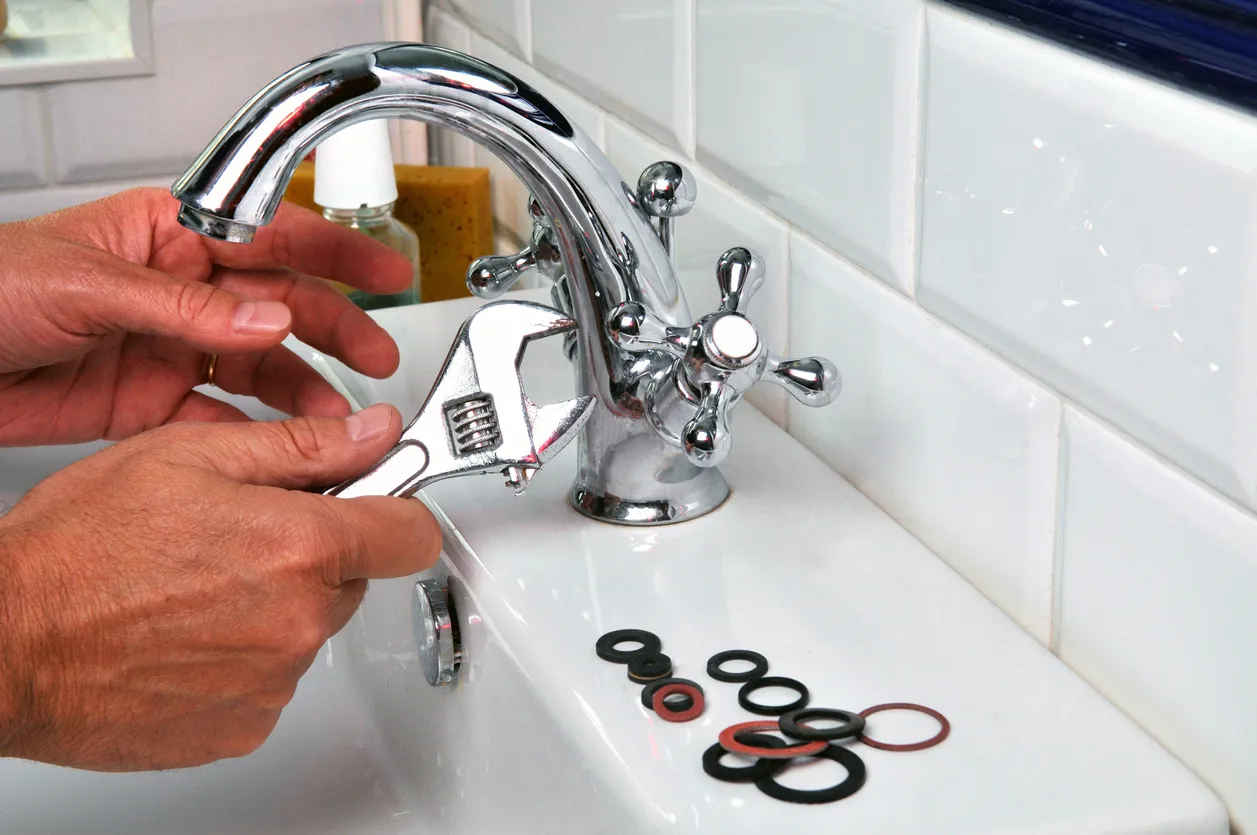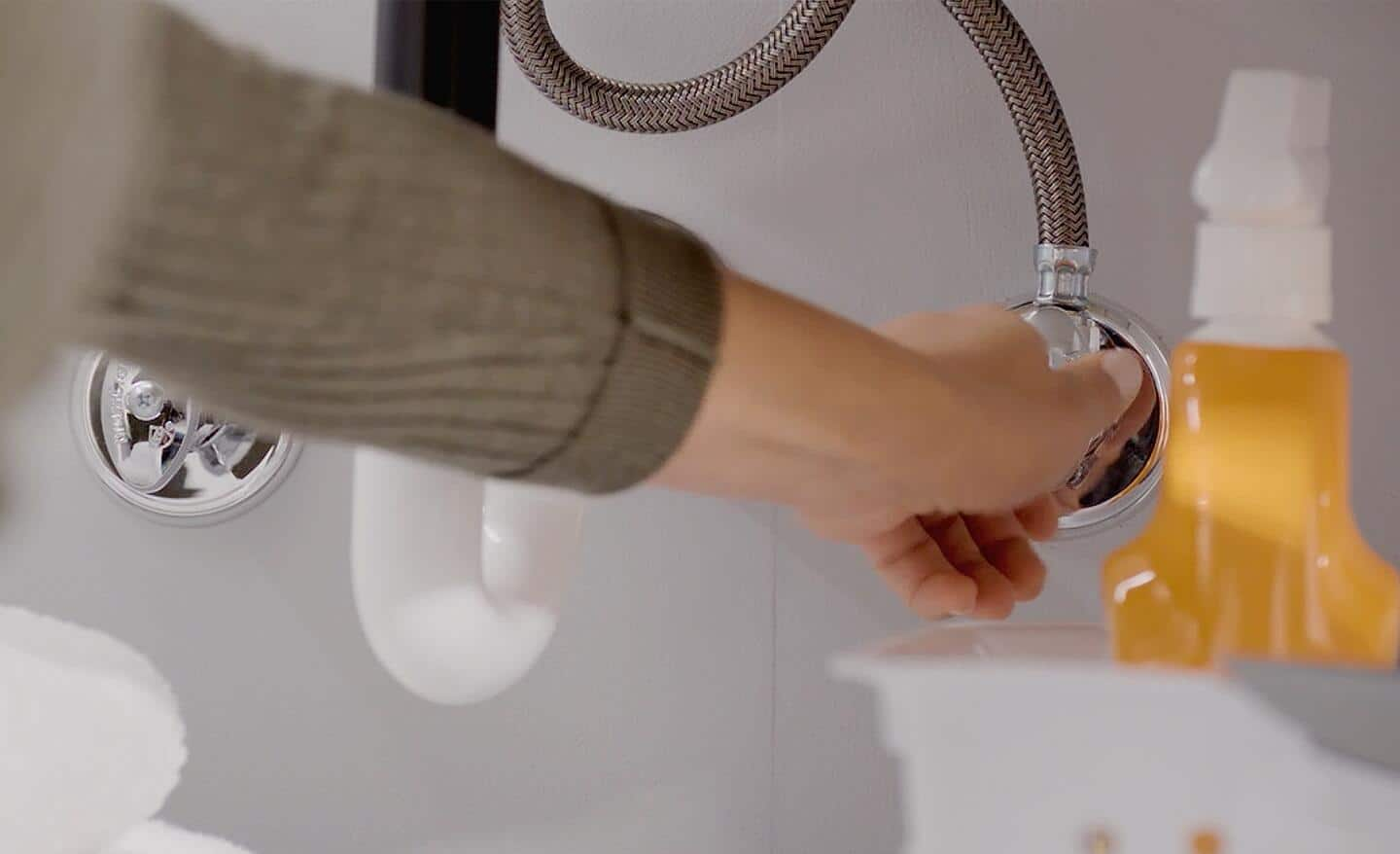Here below yow will discover more helpful resources concerning Why It's Important to Fix Leaky Faucets.

Trickling faucets might seem like a small inconvenience, but their impact exceeds simply the aggravation of the audio. From wasting water to incurring unneeded monetary costs and wellness threats, ignoring a trickling faucet can lead to numerous consequences. In this article, we'll delve into why it's important to resolve this usual family concern promptly and properly.
Waste of Water
Ecological Influence
Trickling faucets contribute considerably to water waste. According to the Epa (EPA), a solitary tap dripping at one drip per secondly can lose more than 3,000 gallons of water per year. This not just pressures water sources however additionally affects ecological communities and wildlife based on them.
Financial Prices
Raised Water Expenses
Past the environmental influence, leaking taps can pump up water expenses significantly. The gathered waste over time equates into higher energy expenditures, which could have been avoided with timely fixings.
Potential Building Damage
Additionally, long term trickling can cause harm to fixtures and surfaces surrounding the faucet. Water accumulation can trigger staining, deterioration, and also structural issues if left ignored, causing additional repair service costs.
Health and wellness Problems
Mold And Mildew and Mildew Development
The constant existence of dampness from a dripping faucet produces a perfect atmosphere for mold and mildew and mildew growth. These fungi not just endanger interior air quality however additionally pose health dangers, specifically for people with respiratory conditions or allergies.
Waterborne Illness
Stationary water in leaking taps can come to be a breeding place for microorganisms and various other pathogens, enhancing the danger of waterborne illness. Pollutants such as Legionella microorganisms grow in stationary water, possibly bring about significant illnesses when ingested or inhaled.
DIY vs. Professional Repair
Advantages and disadvantages of DIY Repair Work
While some may attempt to repair a dripping tap themselves, DIY fixings feature their very own set of difficulties. Without proper understanding and devices, do it yourself efforts can intensify the concern or cause incomplete repairs, prolonging the trouble.
Benefits of Hiring a Professional Plumber
Hiring an expert plumber ensures that the underlying root cause of the leaking tap is dealt with properly. Plumbers possess the knowledge and devices to diagnose and fix tap issues efficiently, conserving time and lessening the threat of additional damage.
Step-by-Step Guide to Fixing a Dripping Tap
Devices Called for
Prior to attempting to take care of a dripping tap, collect the required tools, consisting of a flexible wrench, screwdrivers, replacement parts (such as washing machines or cartridges), and plumber's tape.
Common Tap Issues and Their Solutions
Determine the sort of faucet and the certain issue creating the drip. Typical problems include damaged washing machines, rusty shutoff seats, or defective O-rings. Refer to supplier guidelines or on-line tutorials for detailed advice on repairs.
Safety nets
Regular Upkeep Tips
To stop dripping faucets, do routine maintenance such as cleaning aerators, evaluating for leakages, and replacing damaged components quickly. Additionally, take into consideration setting up water-saving tools or upgrading to a lot more efficient fixtures.
Importance of Prompt Fixes
Addressing leaking taps as quickly as they're discovered stops more water wastage and prospective damages, ultimately saving both water and cash in the future.
Impact on Building Value
Understanding of Well-Maintained Building
Maintaining a residential property in good condition, including attending to maintenance concerns like dripping faucets, improves its viewed worth and worth among potential purchasers or tenants.
Influence on Resale Value
Qualities with properly maintained plumbing fixtures, including faucets, command higher resale values in the real estate market. Dealing with leaking faucets can contribute to a positive perception during building inspections and negotiations.
Environmental Obligation
Individual Contribution to Conservation
Taking responsibility for fixing dripping taps straightens with more comprehensive initiatives towards water preservation and environmental sustainability. Every individual's actions jointly make a substantial influence on protecting valuable resources.
Sustainable Living Practices
By prioritizing punctual repair services and embracing water-saving routines, individuals contribute to lasting living techniques that profit both present and future generations.
Conclusion
Resolving a trickling faucet goes beyond plain comfort; it's a vital step towards preserving water, minimizing financial costs, and guarding health and wellness and home. Whether through do it yourself repair services or expert assistance, doing something about it to take care of dripping taps is a little yet impactful way to advertise responsible stewardship of sources and contribute to a healthier, extra sustainable future.
How to Fix a Dripping or Leaky Faucet
A leaking faucet is one of the most common problems that homeowners encounter, but it being commonplace doesn’t make it any less annoying. The constant drip drip drip of a leaking bathtub faucet, showerhead, or sink tap can disturb your home’s serenity. Left neglected, a dripping faucet can also result in higher water bills and discoloration or mold growth in your sink or plumbing fixtures.
Fortunately, you don’t have to be a trained plumber to know how to stop a dripping faucet. With some basic tools, replacement parts, and a little patience, leaky faucet repair is a breeze. In this article, we’ll explain what causes dripping faucets and how you can fix them.
What Causes a Leaking Faucet?
Kitchen and bathroom faucets come in all manner of designs, but most involve some combination of valves, O-rings, seals, and washers. The O-ring is usually the weakest link, but any one of these pieces can wear down over time. Heat, moisture, temperature fluctuations, minerals, mold, and movement can contribute to warping and corrosion, breaking the watertight seal. This just comes with the territory of being a homeowner. Everything is always subject to wear and tear, and some component parts of your appliances and fixtures need to be replaced on occasion. At least replacement O-rings are cheap!
More rarely, dripping faucets can be a symptom of excessively high water pressure. Were this the case in your home, you would probably notice that the leak is not isolated to one faucet. Water pressure issues are harder to resolve on your own. We recommend contacting a professional plumber if you suspect your water pressure is too high.
How to Fix a Dripping Faucet
Pipe wrench or monkey wrench Allen wrench set Screwdrivers Old towel or rag Shut off the water.
Before you do anything, you need to turn off the water to keep from drenching your kitchen or bathroom. You should find a valve under the sink and against the wall. Once you’ve turned this valve, try turning the faucet on to confirm that the water source has been cut off.
If you can’t locate your local valve for the faucet you’re working on, you can always shut off the water to the house at the main valve. Of course, this will prohibit anyone from using the sinks, showers, or toilets while you’re working on the faucet that’s giving you trouble.
Plug or block the drain.
You’ll be disassembling the faucet and removing some small bits of hardware. Plug the drain with a stopper or rag to avoid the possibility of a small screw falling into your P-trap.
Take apart the faucet assembly.
There are several varieties of kitchen and bathroom faucets, each with its own manner of assembly. For detailed instructions on how to disassemble your faucet, you can refer to the fixture’s manual or contact the manufacturer. If you know whether you have a ball, disc, cartridge, or compression faucet, you can find detailed schematics online.
In general, you need to begin by removing the faucet handles. You might notice a small screw that you’ll need to remove with a screwdriver or Allen wrench. If you don’t see any visible securing hardware, it’s likely hidden under a decorative cap that can be unscrewed or popped off with flathead screwdriver.
Remove each piece methodically, consulting a schematic when necessary. Take notes or arrange the pieces in such a way to make it easier to correctly reassemble the faucet later.
Remove the cartridge.
Once you’ve removed the handles and securing hardware, you should be able to remove the valve cartridge or stem. Some cartridges will slide right out. Other faucet models will require you to loosen a nut with a pipe wrench before you can remove the valve stem.
Examine the exposed hardware.
With the cartridge or stem removed, inspect the component parts. Check the rubber O-rings for wear and tear. Also examine the seat washer for corrosion or other damage. These pieces are usually the responsible parties for a dripping faucet, but it’s worth inspecting the other component parts while you have the faucet disassembled.
Find replacement parts.
Once you’ve identified which faucet component has failed, find an identical replacement. Your local hardware store should have O-rings, seat washers, and other standard components in stock. If you have a luxury or uncommon faucet, you may have to contact the manufacturer for a replacement part.
It’s a good idea to take your old parts with you to the hardware store so you can compare them with the store’s inventory and be sure you’re purchasing the correct replacement.
Reassemble the faucet.
With your new parts in hand, reconstruct the faucet and handles. Don’t be tempted to overtighten screws or nuts. You might think this could create a better seal, but it can instead damage or bend a delicate part of the assembly and create a new problem for you.
Turn on the water and test the faucet.
The only thing left to do is test your work. Unplug the sink, turn the water back on, and try the faucet. Congratulate yourself on a job well done!
https://www.libertyhomeguard.com/how-to-fix-a-dripping-or-leaky-faucet/

Do you enjoy reading up on How to Fix a Dripping or Leaky Faucet ? Make a remark below. We would be pleased to find out your views about this blog post. We hope that you come back again in the near future. Sharing is good. Who knows, you will be doing someone a favor. Thanks for your time invested reading it.